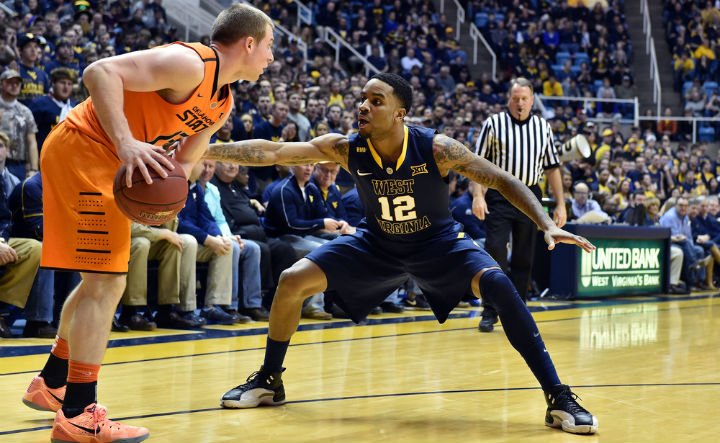In basketball, defense is just as crucial as offense. Effective Basketball Games Last defensive strategies can turn the tide of a game, preventing the opposing team from scoring and creating opportunities for your own team. This article will explore various defensive strategies, their execution, and tips for maximizing their effectiveness on the court.
Understanding Basketball Defensive Strategies
What Are Defensive Strategies?
Defensive strategies are organized methods that teams use to prevent their opponents from scoring. They involve positioning, teamwork, and tactical planning. A well-executed defensive strategy can disrupt the opposing team’s rhythm and create turnovers.
Importance of Defensive Strategies
- Preventing Points: The primary goal is to stop the opposing team from scoring.
- Creating Turnovers: Good defense can force opponents into mistakes, leading to fast-break opportunities.
- Building Team Cohesion: Successful defense requires communication and teamwork, fostering unity among players.
Types of Defensive Strategies
There are several defensive strategies that teams can employ, each with unique characteristics and purposes.
1. Man-to-Man Defense
In a man-to-man defense, each player is responsible for guarding a specific opponent. This strategy allows for close, aggressive coverage but requires players to be disciplined and skilled.
- Execution:
- Each defender stays close to their assigned offensive player.
- Players communicate to switch assignments as needed.
2. Zone Defense
Zone defense involves assigning players to guard specific areas of the court rather than individual opponents. This approach can be effective in disrupting passing lanes and minimizing scoring opportunities.
- Common Zones:
- 2-3 Zone: Two players near the perimeter and three closer to the basket, emphasizing interior defense.
- 3-2 Zone: Three players at the perimeter and two inside, ideal for defending against outside shooting.
3. Press Defense
Press defense is an aggressive strategy that aims to apply pressure on the ball handler throughout the game. This can be done in the backcourt or half-court.
- Types of Press Defense:
- Full-Court Press: Defenders pressure opponents immediately after they inbound the ball.
- Half-Court Trap: Defenders trap the ball handler as they cross half-court, creating a double team.
Key Components of Effective Defensive Strategies
1. Communication
Effective communication is vital in defense. Players must communicate their intentions, alert teammates to potential screens, and call out switches. This prevents breakdowns and ensures everyone knows their responsibilities.
2. Footwork and Positioning
Good footwork is essential for defensive success. Players should maintain a low, balanced stance, ready to move quickly in any direction. Proper positioning helps in maintaining a defensive advantage over the offense.
3. Anticipation
Successful defenders anticipate offensive moves. By reading the play and predicting the opponent’s actions, defenders can react quickly, disrupt plays, and create turnovers.
Basic Defensive Drills to Practice
1. Close-Out Drill
This drill helps defenders practice closing out on shooters effectively.
- How to Execute:
- Start a few steps away from a shooter.
- Sprint toward the shooter while maintaining a low stance.
- Raise your hands to contest the shot.
2. Shell Drill
The shell drill focuses on team defense and helps players understand their roles in various defensive strategies.
- Execution:
- Set up four offensive players and four defenders.
- The offensive team moves the ball around while defenders communicate and adjust their positions.
- The drill emphasizes helping and recovering.
3. 1-on-1 Defensive Drill
This drill develops individual defensive skills and reinforces the importance of positioning and footwork.
- Execution:
- Pair players up for one-on-one matchups.
- The offensive player tries to score while the defender practices staying in front of them.
- Rotate positions to allow everyone to practice both offense and defense.
Advanced Defensive Strategies
1. Switch Defense
Switching on screens involves defenders swapping assignments when an offensive player sets a screen. This approach can help maintain defensive pressure and prevent mismatches.
- Benefits:
- Reduces confusion during screens.
- Keeps the defensive team cohesive and alert.
2. Help Defense
Help defense is crucial for covering gaps and providing support to teammates. If a defender gets beat, another player must step in to help.
- How to Implement:
- Establish a “help” rule within the team.
- Communicate effectively to ensure players know when to rotate.
3. Box-and-One Defense
This hybrid strategy combines man-to-man and zone defense. One player guards a key offensive threat while the other four players operate in a zone.
- Execution:
- Assign a skilled defender to the primary scorer.
- The remaining defenders cover the paint and protect against other offensive players.




